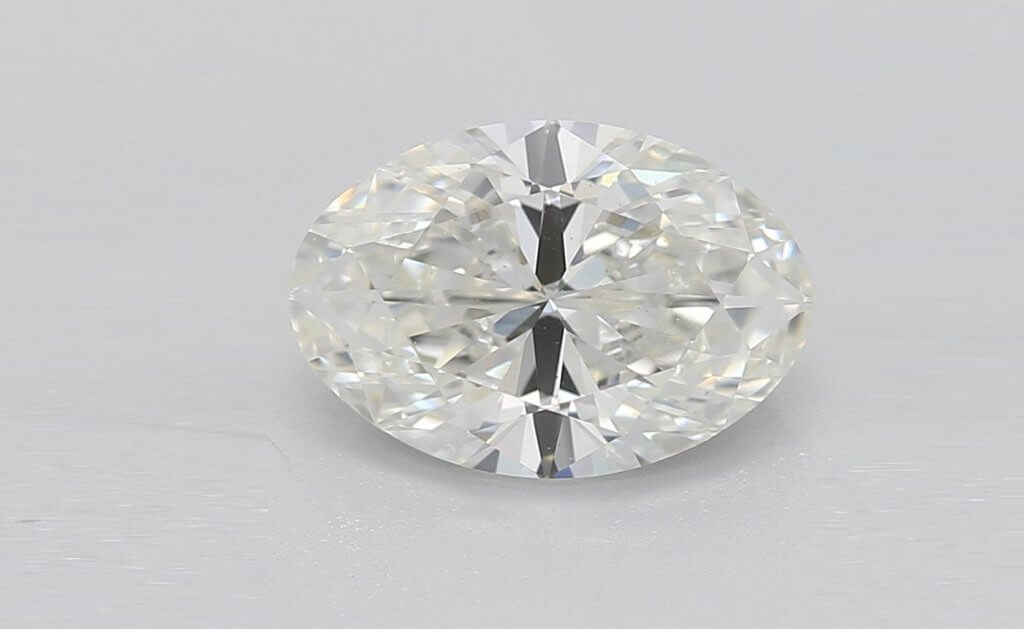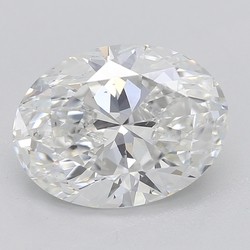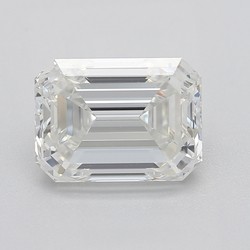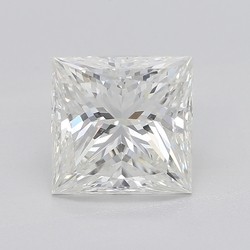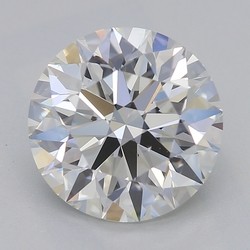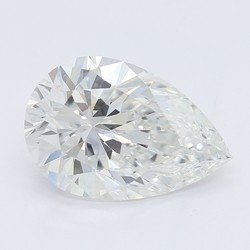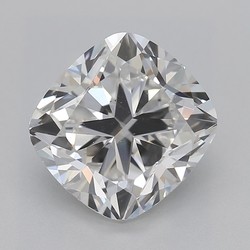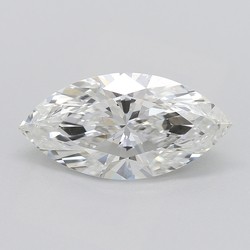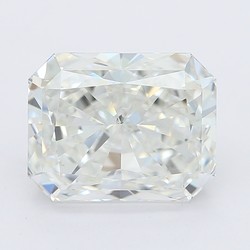The Truth About Shallow Cut Diamonds
Key Takeaways
- Shallow cut diamonds look much bigger than other stones of the same shape and carat weight from above but, when viewed from the side, look a lot shorter and stouter.
- While some shoppers are drawn to the larger appearance of shallow cut diamonds, they are a very bad idea for an engagement ring.
- Light does not travel through shallow cut diamonds as it ought to, which means that these stones produce significantly less sparkle than properly proportioned alternatives.
- Some diamonds are shallow cut intentionally to create larger looking diamonds, or preserve more of the original rough.
- This is another reason why it’s vital to see the diamond in person first.
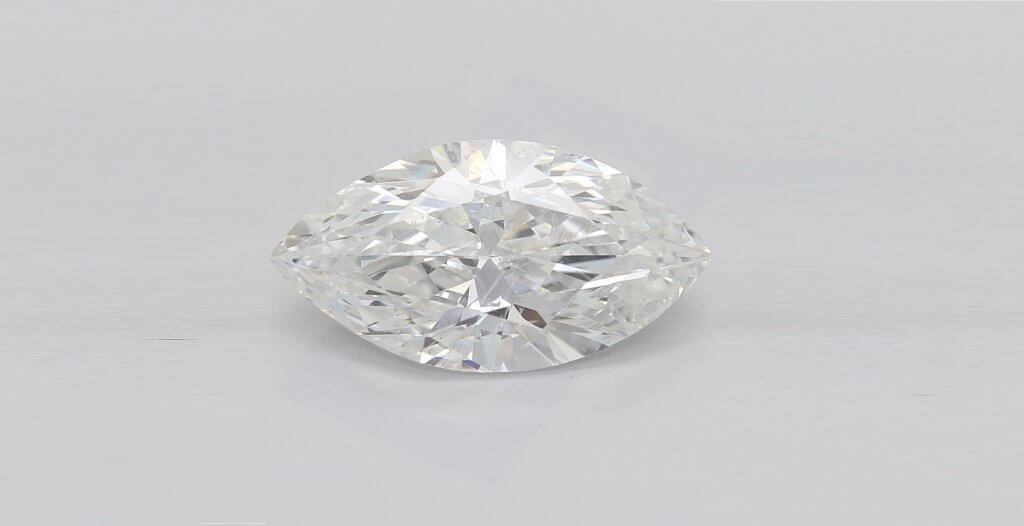
It’s easy enough learning the diamond shapes. Ovals, Rounds, and Pears – even Emeralds – are self-explanatory, while Cushions, Princesses, and Radiants are all striking enough to engrain themselves on your memory pretty quickly.
It’s also a pretty straightforward process getting your head around carat weight – the fourth of the Four Cs. Relating only to the size of the diamond – a major selling point for any shopper – this is likely to remain front and center in your mind throughout the entire process of finding and purchasing a diamond for your engagement ring.
What can be a little tougher to get your head round, however, is the subject of cut. Unlike ‘shape’ and ‘carat’, a diamond’s cut quality is predicated on a number of factors, such as symmetry, polish and, of course, proportion.
A diamond’s proportion impacts how large it appears, and how much it will sparkle – inarguably the two most important aspects for any diamond, and a compelling reason to do your research on shallow cut diamonds.
What is a Shallow Cut Diamond?
As the name suggests, shallow cut diamonds have been cut with a lower depth percentage, and a greater width.
This means that, were you to look at two diamonds of the same carat weight and shape side-by-side – with one demonstrating ideal cut proportions, and the other a shallow cut – the shallow cut diamond would appear larger.
Of course, from the side view, this illusion is broken since the shallow cut diamond will look significantly shorter and broader. But, since our diamonds are going to be viewed from above once they are set within a ring, that shouldn’t matter, right? Wrong – it matters a whole lot.
Without enough depth in the pavilion (the lower portion of the diamond), light does not refract through it (and back out of the table at the top of the diamond) at the right angle. Instead, light escapes through the pavilion, meaning that you will lose a lot of sparkle with these diamonds.
Why Are Some Diamonds Cut Shallow?
To create diamonds that appear larger, and to avoid cutting away too much of the original rough stone.
Most of us place a lot of emphasis on finding the biggest diamonds possible for engagement rings and, for those who haven’t done their research, finding a big diamond isn’t difficult.
For those who are doing their research, however, it quickly becomes clear that, while size is definitely important to creating a truly spectacular ring, you cannot afford to sacrifice other features, or you are likely to end up with a diamond lacking in sparkle.
Nevertheless, there will always be buyers for diamonds that are (or at least seem to be) impressive in size, even if they do not check any other boxes.
Reputable jewelers will always steer you away from these stones, but others – and online storefronts that don’t offer a personalized experience – may not issue the proper warnings when you’re feeling drawn to the larger-looking diamonds.
Well-cut diamonds will always garner a strong price on the market but, in some rough stones, diamond cutters will see more potential in simply cutting the biggest diamond possible. This is why it’s so important to understand that, just because it’s up for sale and looks impressive in pictures, that’s not to say it’s a great deal for you.
Are Shallow Cut Diamonds Cheaper?
Yes, since they will have been given a lower cut grade by GIA graders.
As we mentioned above, this is exactly why you’re running a huge risk if you don’t do your research – or find a reputable and experienced jeweler – before you jump into the process of buying a diamond.
The value a diamond is given on the market is based on many factors, as you probably know. There is no definitive value for a two carat diamond, just as there is no universal price given to VS1 diamonds. What you can be sure of, however, is that a diamond’s value is never pulled out of thin air.
So, if you come across, say, a 2.5 carat diamond with a conspicuously low price, you know that it must be falling short in one or more areas – areas that will have a pretty significant impact on the beauty of the stone.
Remember that, when it comes to engagement rings, it’s possible to create a beautiful, dazzling ring out of diamonds that are below the average carat weight, or way above it. The one feature that unites them all is their remarkable sparkle, so preserving that (even at the sacrifice of a little extra weight) is highly important.
Are Deeper Diamonds More Expensive?
No. Diamonds cut to idea proportions will be more expensive than diamonds that have been cut too shallow or too deep, since either extreme will have a negative impact on light performance.
You’ll notice that, for every diamond shape out there, the ‘ideal’ range for depth has a lower and upper limit. It’s more than possible to go too far in either direction, and for exactly the same reason: a pavilion that is too long will also misdirect light and diminish the amount of sparkle visible from the table and crown.
Deeper diamonds won’t be able to offer the same (supposed) benefit of making the diamond appear bigger, since the weight is distributed vertically rather than horizontally. The result will be a narrow, lifeless diamond that appears much smaller than its carat weight would suggest.
So, Should You Avoid Shallow Cut Diamonds?
Absolutely. Cut is the most important feature in any diamond, and should never be treated as a secondary quality to look for.
Shallow diamonds may seem like a good idea – and that’s why some people will continue to buy them. But, while they’re a good idea for the diamond cutter, who is able to get a much larger diamond out of a rough stone, and avoid cutting away too much diamond to get an ideal shape, they’re a very poor choice for engagement rings.
Sparkle is what draws us to diamonds in the first place. An eruption of fire and brilliance is the first thing your future bride will lay eyes on when you lift the lid of the box and bring that ring out into the open for the first time, but it’s not guaranteed unless you understand the importance of a properly proportioned diamond.
Focus on all of the Four Cs during your search for a diamond, but remember that Cut offers the least amount of leeway. While you can afford to play around with your diamond’s clarity and color grades, the balance between a beautiful diamond and a poorly proportioned diamond is a lot more delicate, and should be treated as such.
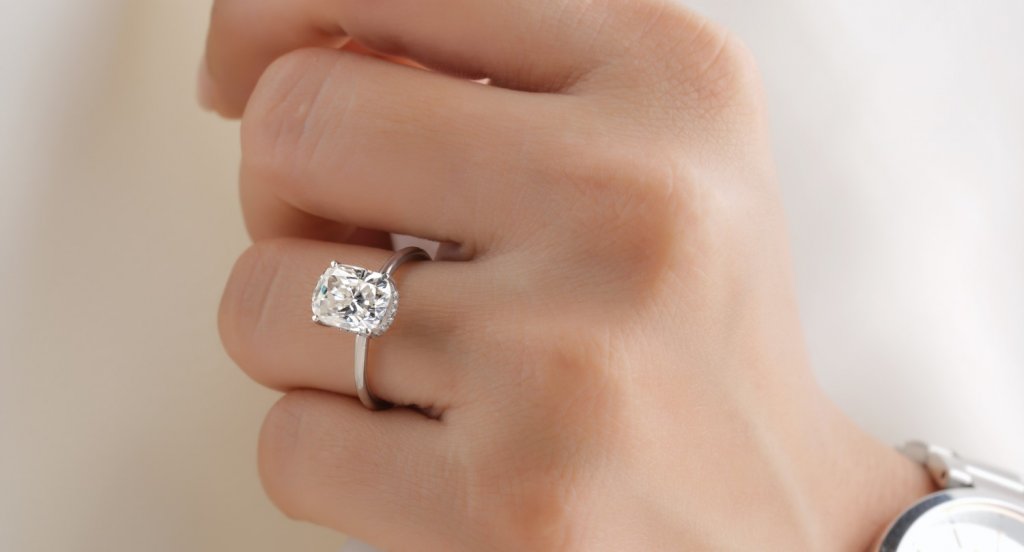
Mar 26, 2022 By Willyou.net
Key Information About Diamond Girdles
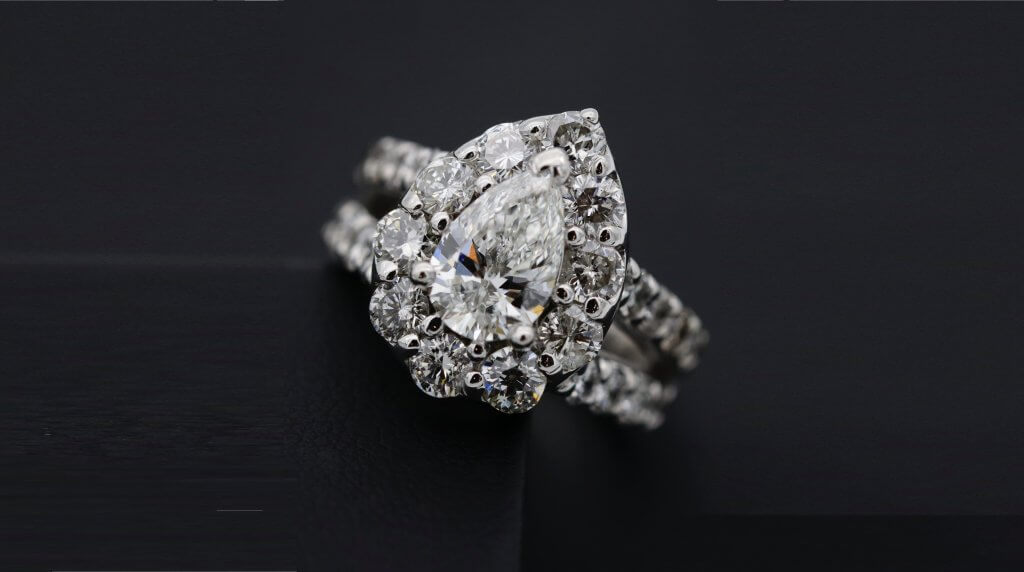
Sep 18, 2021 By Willyou.net
Diamond Symmetry Grading: The Essential Information
